I scrolled to the bottom of Instagram's Instagram grid
Plus, an update from The Browser Company and the end of read-it-later app Pocket.
Today’s issue of PHONE TIME includes: the first Instagram posts by social media companies, an update from The Browser Company, the read-it-later app Pocket is shutting down, and a roundup of other internet-related news.
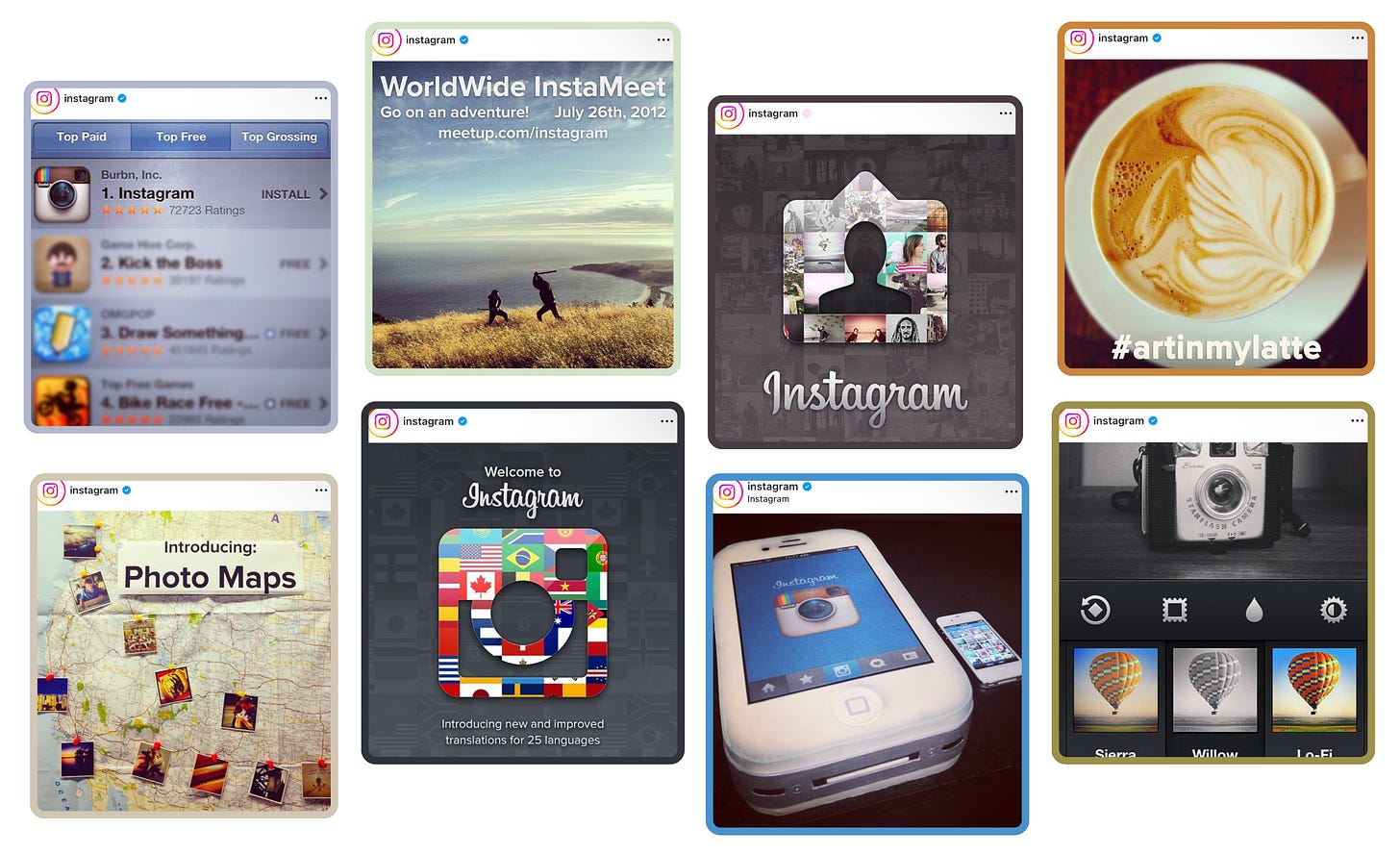
I broadly describe “internet culture” as my beat—a term that increasingly describes everything and nothing—but one of my strongest interests, both journalistically and academically, is Instagram. I’ve been on the platform for most of my life and remember, with what I think is pretty impressive detail, how it has changed every year since I was in about fifth grade.
When I started making TikToks analyzing internet culture a few years ago, a recurring series I’d do was called “Instagram Evolution.” I’d scroll the Instagram accounts of different brands to examine how they’ve evolved aesthetically, politically, and culturally. When I was researching the progression of Instagram feminism last fall, I studied Glossier’s grid to see how the brand embraced millennial pink, “girl power” feminism.
All of this is to say that scrolling from top to bottom of an Instagram grid—whether it’s your own, a crush’s (please don’t accidentally like anything), a celebrity, a brand, a company—is a fascinating way to track change over the years. A lot of us have cleaned our feeds up and deleted those embarrassing ultra-filtered, blurry party snaps from years ago. But a surprising amount remains. (Disclaimer: I surfaced the following from scrolling current grids, which may not reflect deleted or archived posts.)
Instagram: 8,032 posts
First post on grid: Feb. 29, 2012
Caption: “Working from a cafe while we wait to move into our brand new office! L to R: @grex (he made Lux!), @shayne (Instagram's first engineer) & @jayzombie (our wonderful community evangelist)”
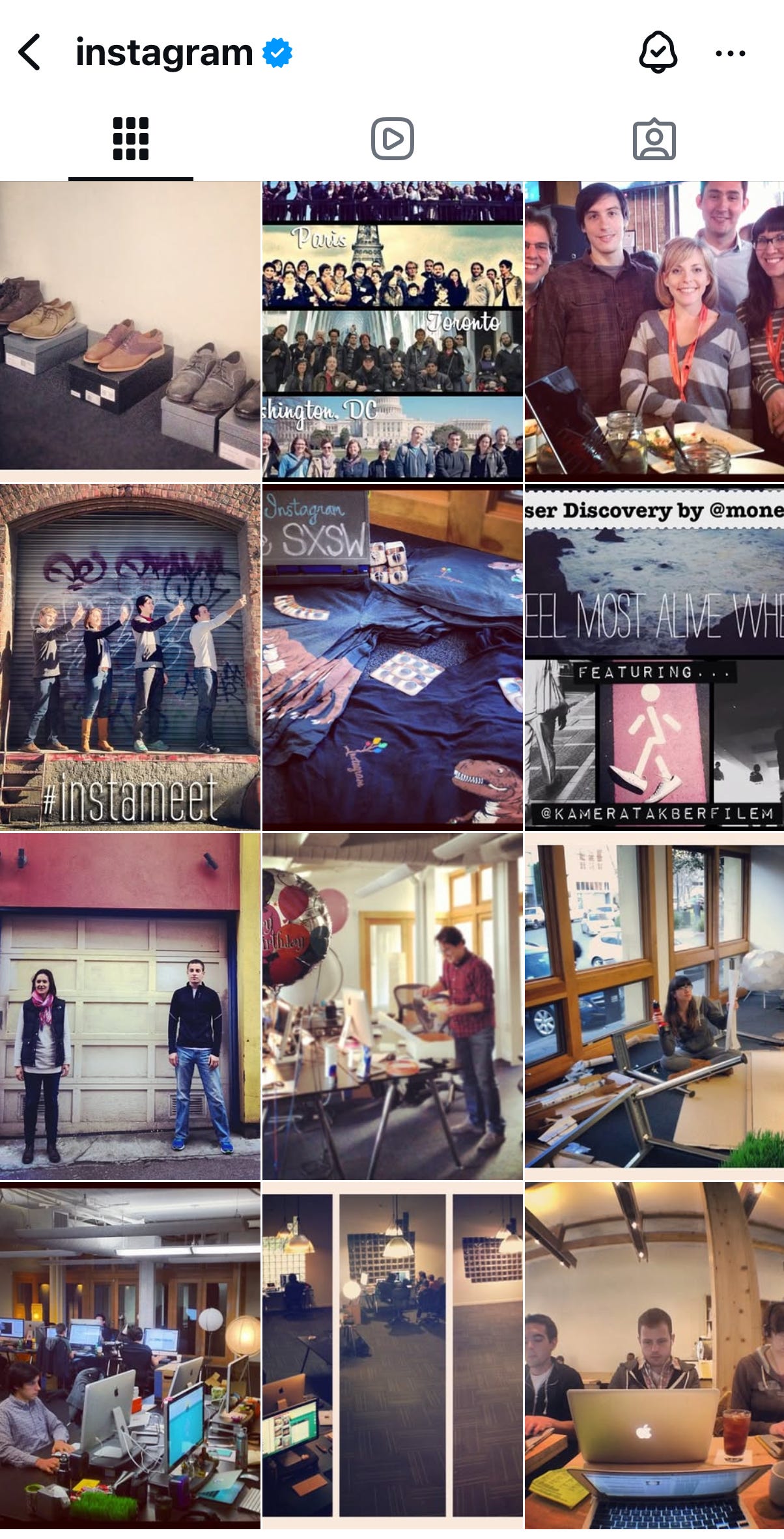
YouTube: 5,719 posts
First post on grid: Jan. 8, 2011
Caption: No caption
Pinterest: 744 posts
First post on grid: Dec. 20, 2019
Caption: “Now boarding: More responsible adventures. See why responsible travel is trending and find your next trip idea on our new #Pinterest100 site. 📌: Link in bio”
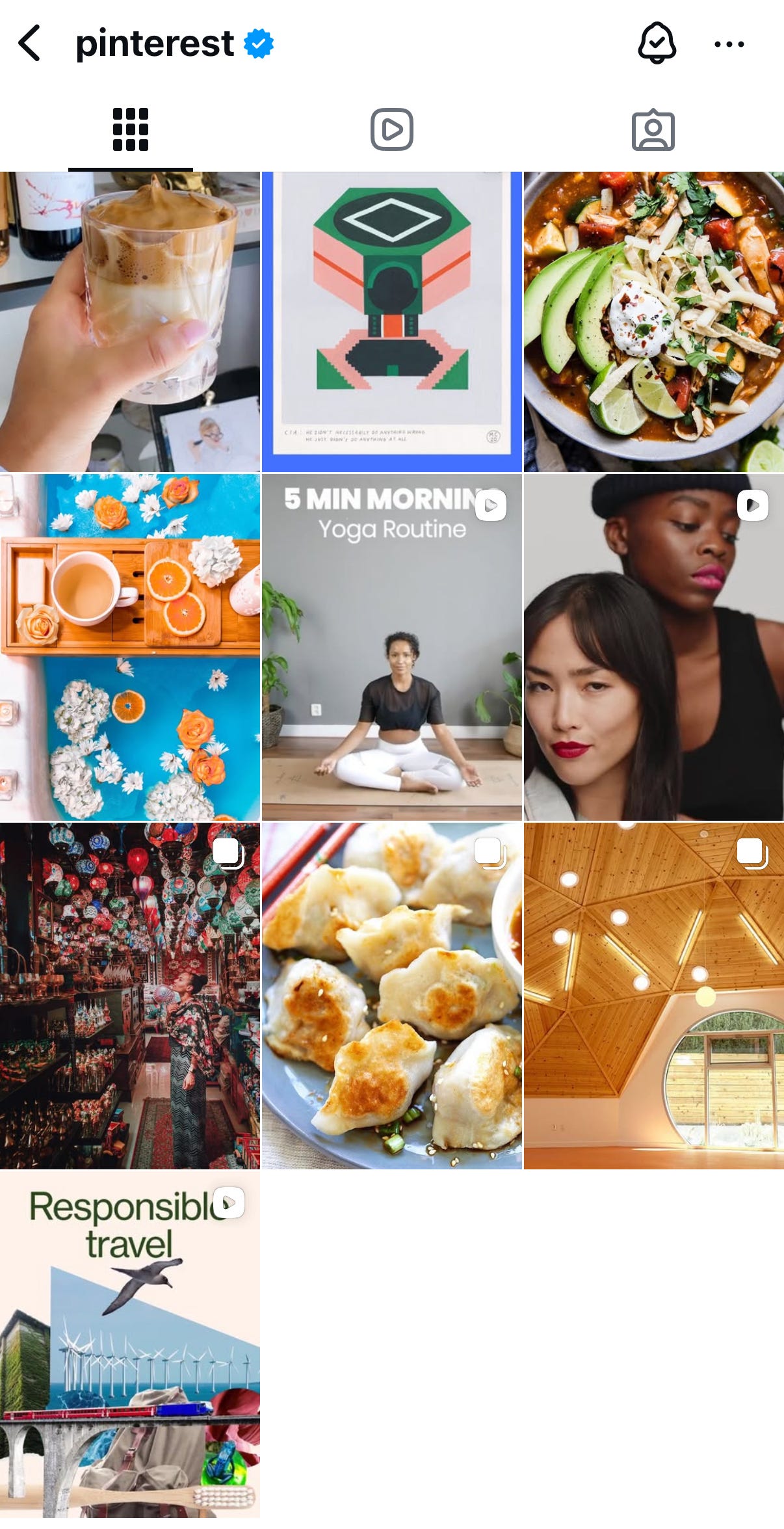
Facebook: 1,364 posts
First post on grid: March 28, 2011
Caption: “The Walls at Facebook #1: Hackathon spirit”
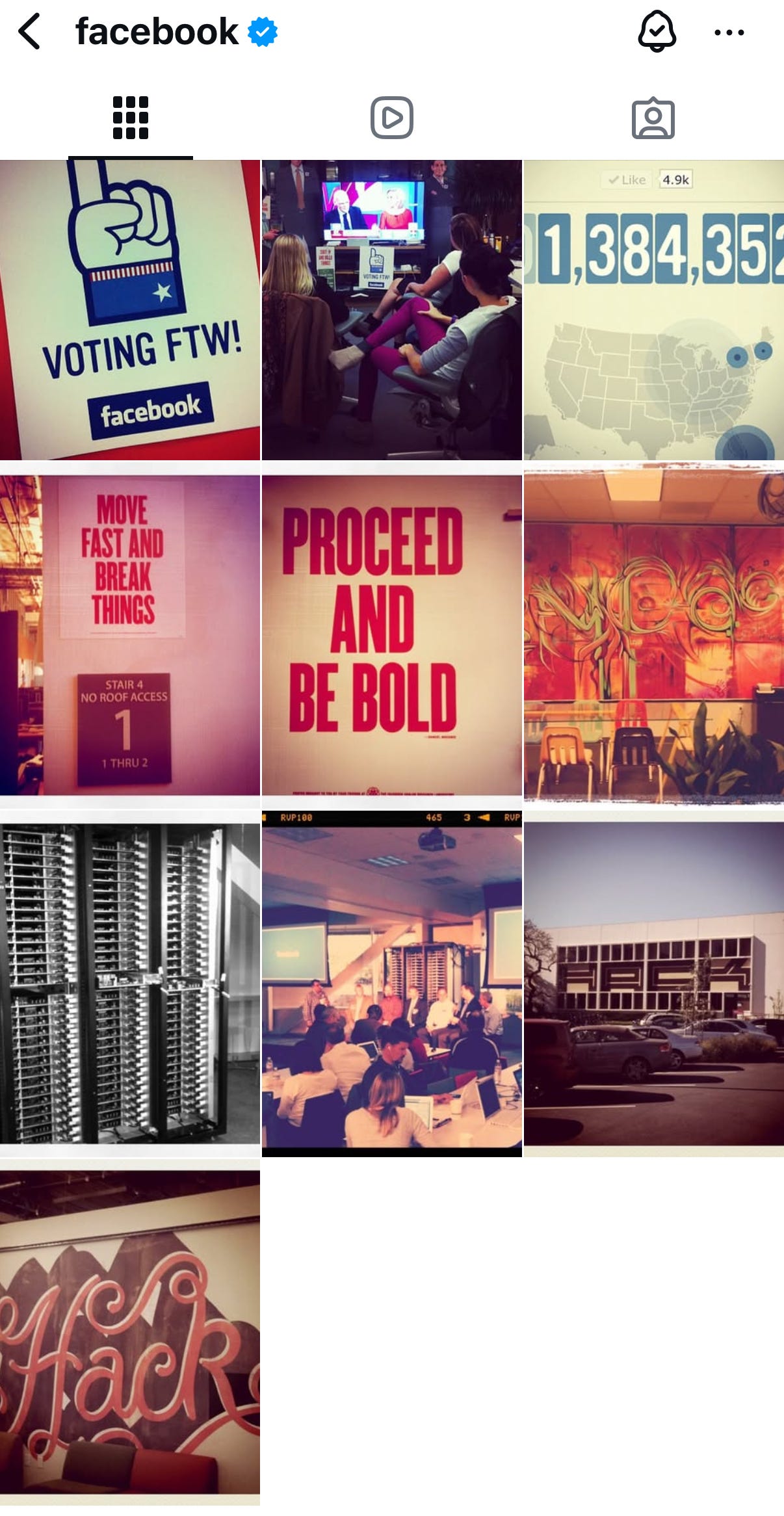
Reddit: 2,858 posts
First post on grid: Feb. 13, 2015
Caption: “Oh hai!”
Twitter (RIP): 216 posts
First post on grid: Sept. 4, 2019
Caption: No caption
Substack: 371 posts
First post on grid: Sept. 19, 2022
Caption: “Getting started on Substack and bringing your followers with you? Our team created a new pack of downloadables to share on Instagram feed and Stories, whenever you’re ready to make the move 📦
➡️ Swipe along to see more and tap the link in bio to download.
#gettingstartedonsubstack”
Bonus: A YouTube cupcake and Instagram cake.
Elsewhere online
Josh Miller, CEO of The Browser Company, wrote on Substack this week about the future of the Arc browser and where the company is going. I reviewed the company’s new browser, Dia, earlier this month.
“A lot of people loved Arc … and we’d benefited from consistent, organic growth since basically Day One. But for most people, Arc was simply too different, with too many new things to learn, for too little reward,” he writes.
He posits that “traditional browsers, as we know them, will die” as people spend more time using AI chat interfaces rather than on webpages directly. Granted, he notes that webpages aren’t going to be fully replaced, but rather serve as the underlying context for chat-based interactions. “That is why we think the most powerful interface to AI on desktop won’t be a web browser or AI chat interface—it’ll be both,” he adds.
Where the disconnect remains for me, personally, is that I enjoy the process of clicking around on the web. I don’t necessarily want a browser to browse for me—The Browser Company’s original pitch for bringing AI to Arc, before pivoting to Dia—or an LLM to deliver research in a pretty package. I suspect many techies and internet enjoyers feel similarly: nostalgia for the weirdness and hand-curated feel of the “old web” is a driving force behind many of the tech projects I’ve spoken to people about recently.
Arc’s features, while more complex and with a steeper learning curve than Dia’s, supported people who enjoyed the process of browsing, reading, learning, and getting lost on the web. Dia, like many other AI-first additions to search and browsing infrastructure, seems to treat that messy-but-glorious process as wasted time to be eliminated.
In other browser news: horses and the internet were two of my first passions, so I can’t believe I didn’t know about the existence of Horse Browser. It’s centered around “Trails,” or “nested groups of pages that capture the natural flow of your internet travels.” I’ll admit I’m just as excited, probably more so, about the horse imagery than its real sell of boosting productivity.
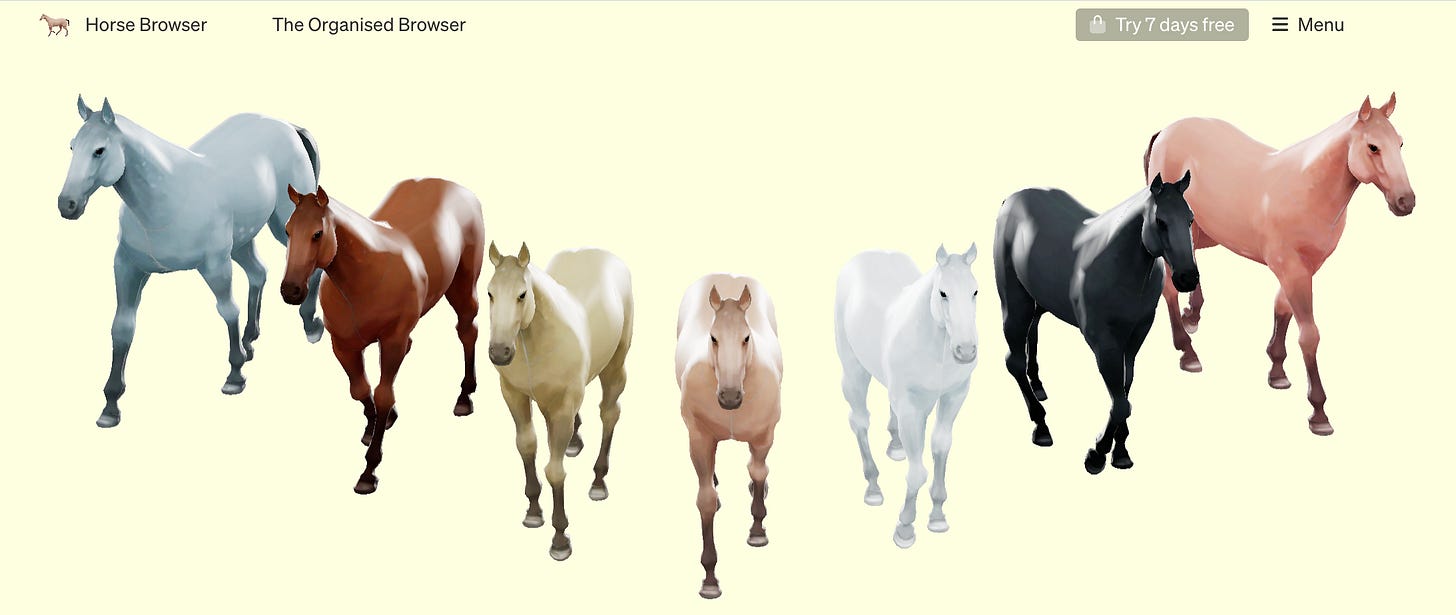
Pocket is shutting down. “Pocket has helped millions save articles and discover stories worth reading,” a blog post stated. “But the way people save and consume content on the web has evolved, so we’re channeling our resources into projects that better match browsing habits today.”
The post said that Mozilla—which acquired Pocket in 2017—would continue offering content recommendations in Firefox, adding that it takes an “algotorial” approach to curating.
“We use machine learning algorithms to scour the internet for high quality content that will appeal to Firefox’s large and diverse user base, while relying on a human editorial team to provide oversight to ensure that the recommendations on Firefox New Tab are trustworthy, engaging, and high quality,” the post said.
Would you buy a piece of acrylic to help you stay off your phone? The “methaphone,” which has received both fascination and confusion on TikTok, can “help you manage cravings and withdrawal symptoms. It can fill that hole in your back pocket,” its product description reads. “Opioid addicts have used methadone to help step down from dependency, and now you have this.” A writeup from Mindless Toys chronicles the making process. (The artist and engineer they worked with, Grex—Greg Hochmuth—is also in Instagram’s first grid post.)
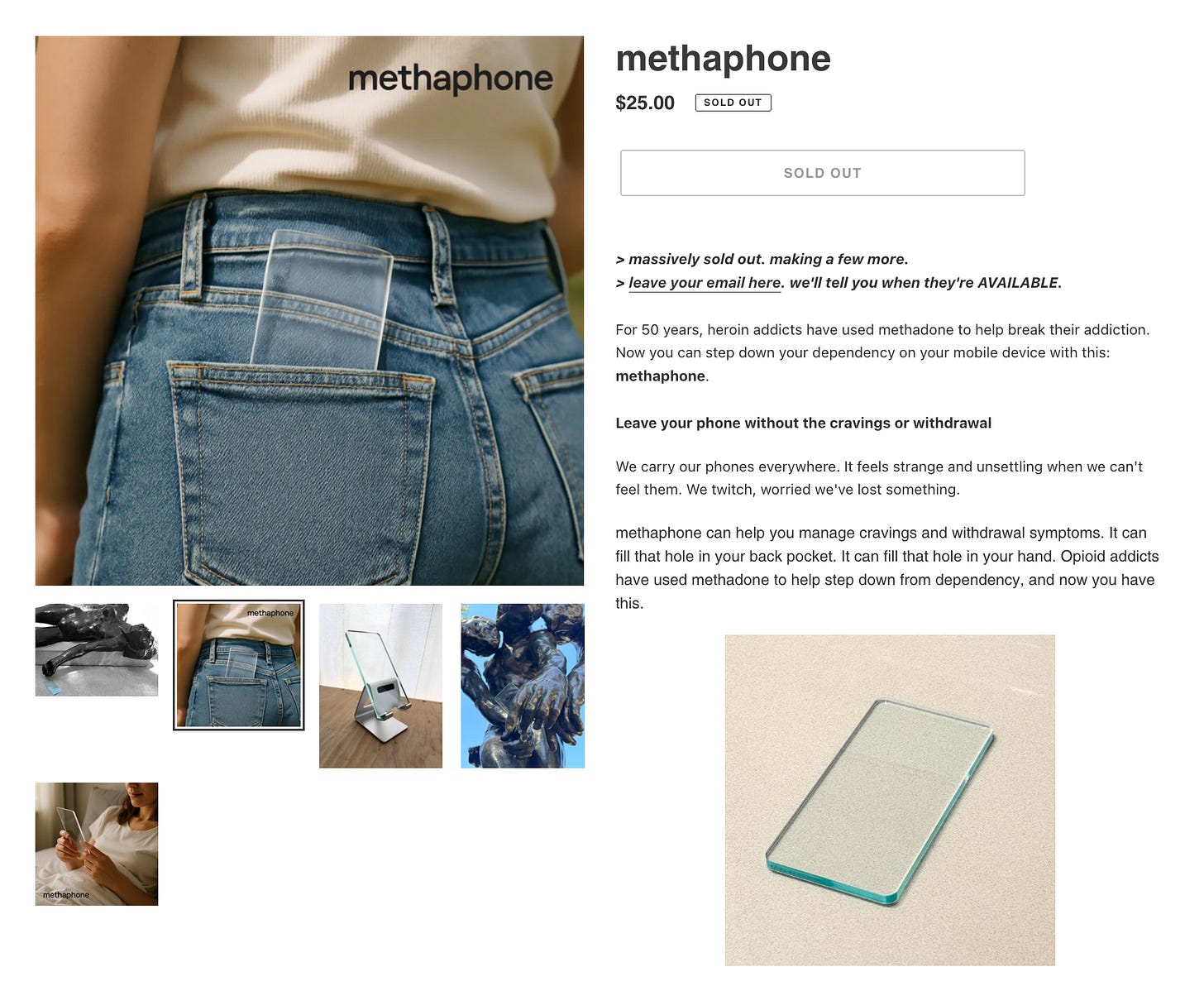
You can also buy it in neon pink. I wrote earlier this month about Webkinz releasing a new KinzTune—here’s the music video. It’s a nostalgic song that features photos and videos of many Webkinz plush collections.
“Nespresso Lightens Up Its Marketing to Win Gen Z’s Cold Coffee Drinkers”—Katie Deighton, The Wall Street Journal.
“A new pastel-colored global ad campaign running throughout the summer will serve the Gen Z appetite for ’90s nostalgia. And two limited-edition Nespresso flavors released this month are specifically designed to be served over ice.”





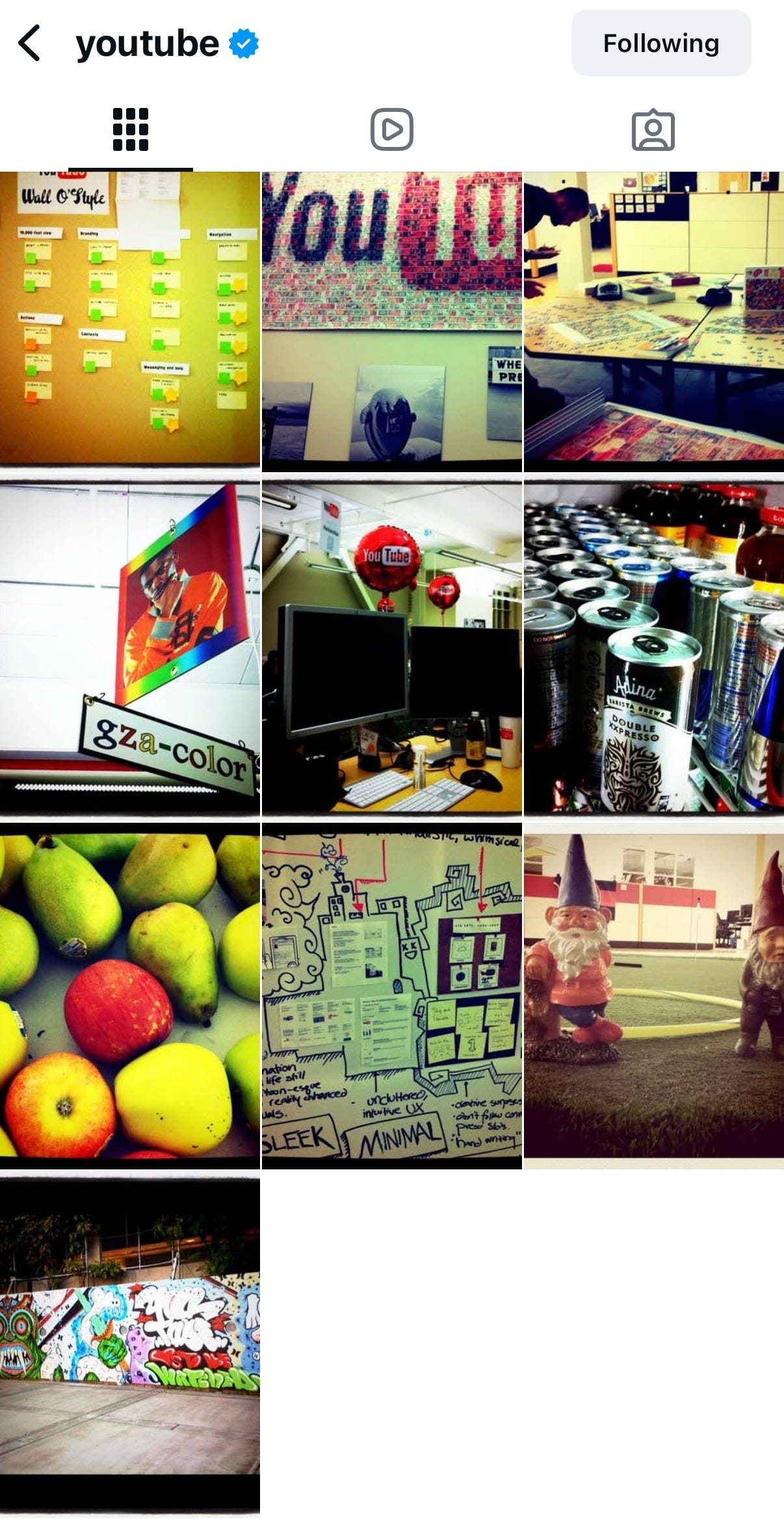
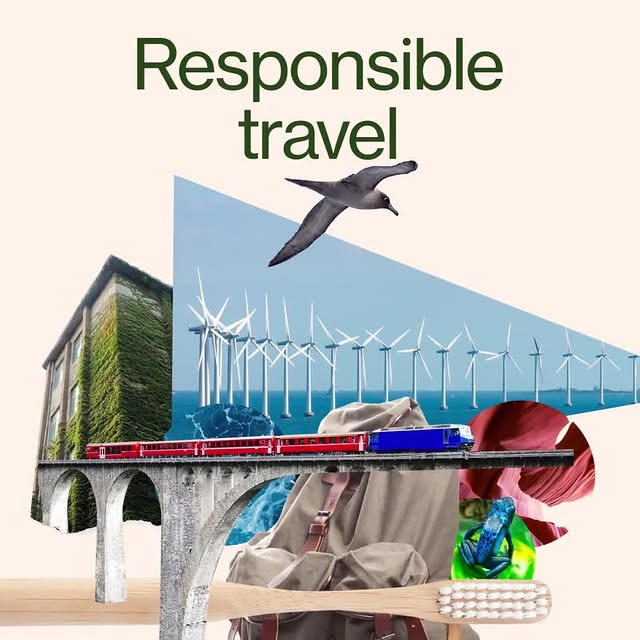

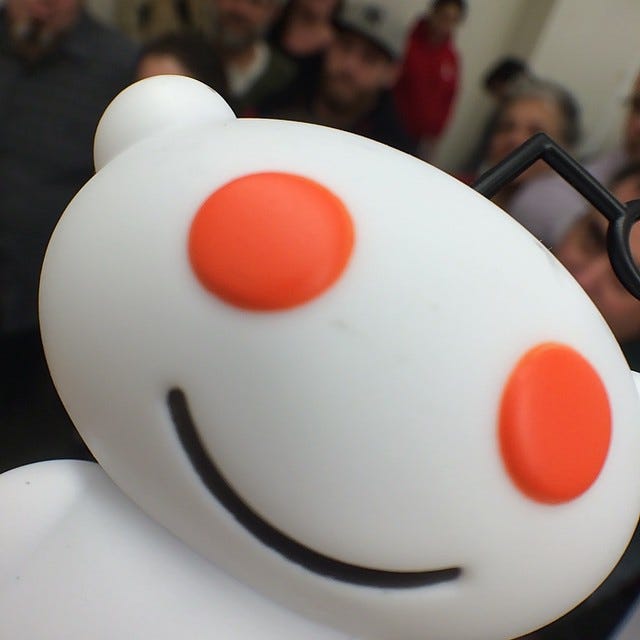
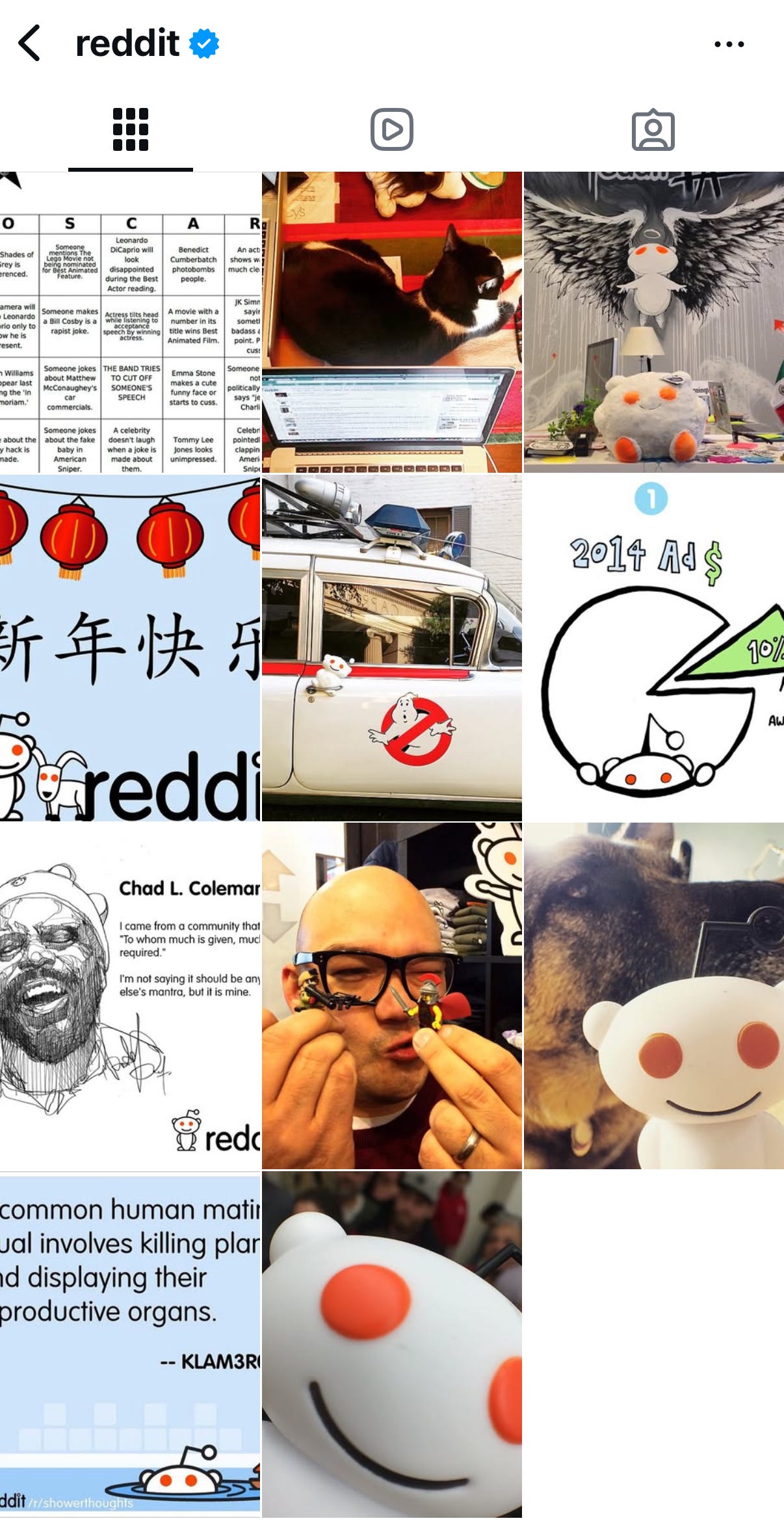
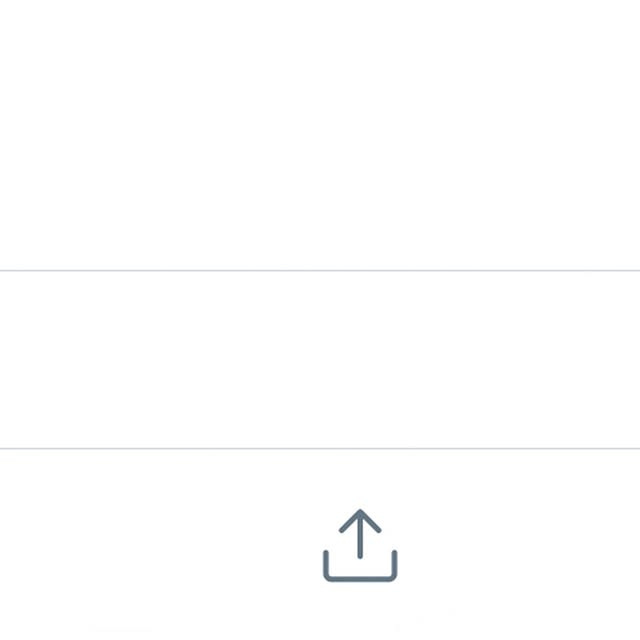
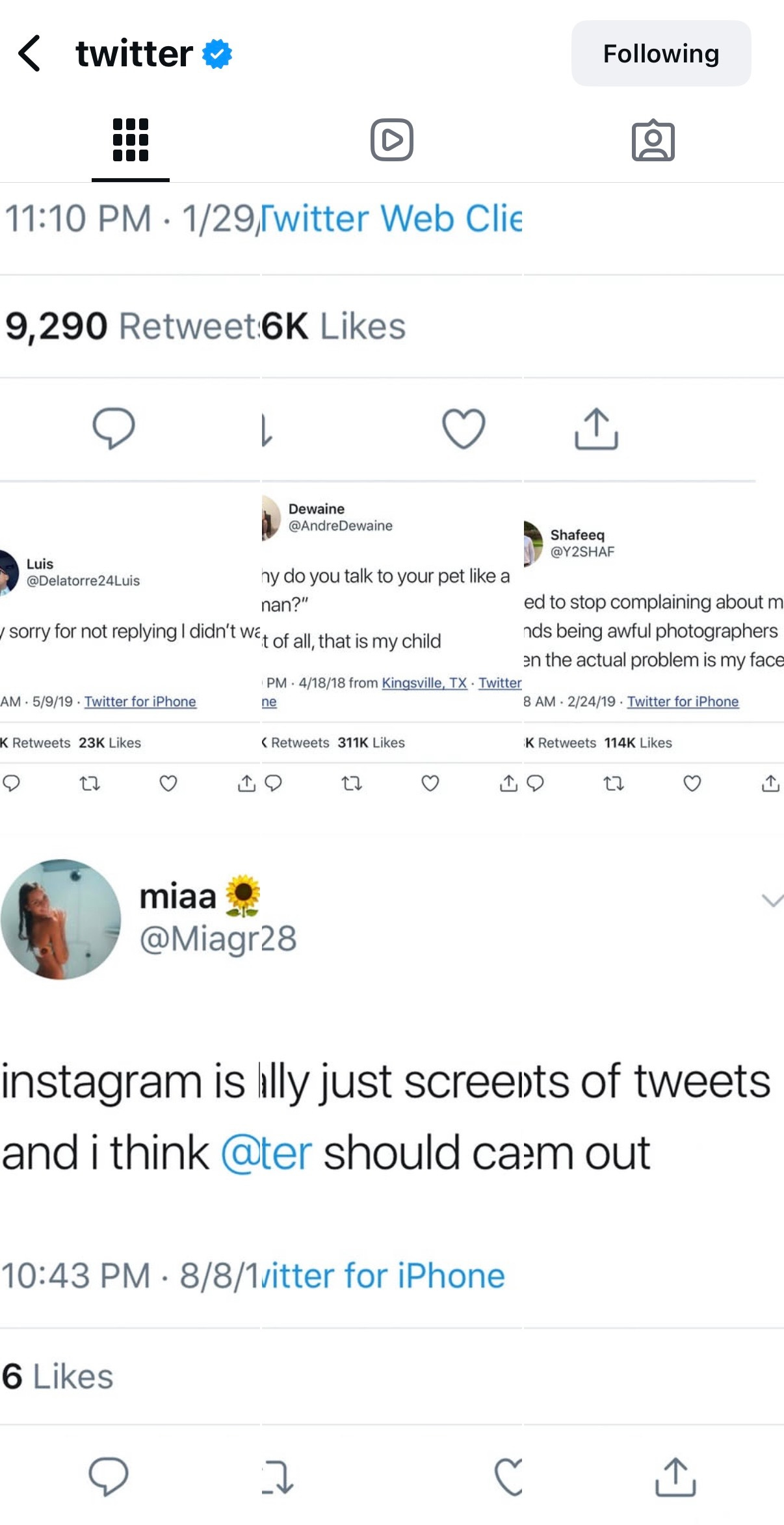

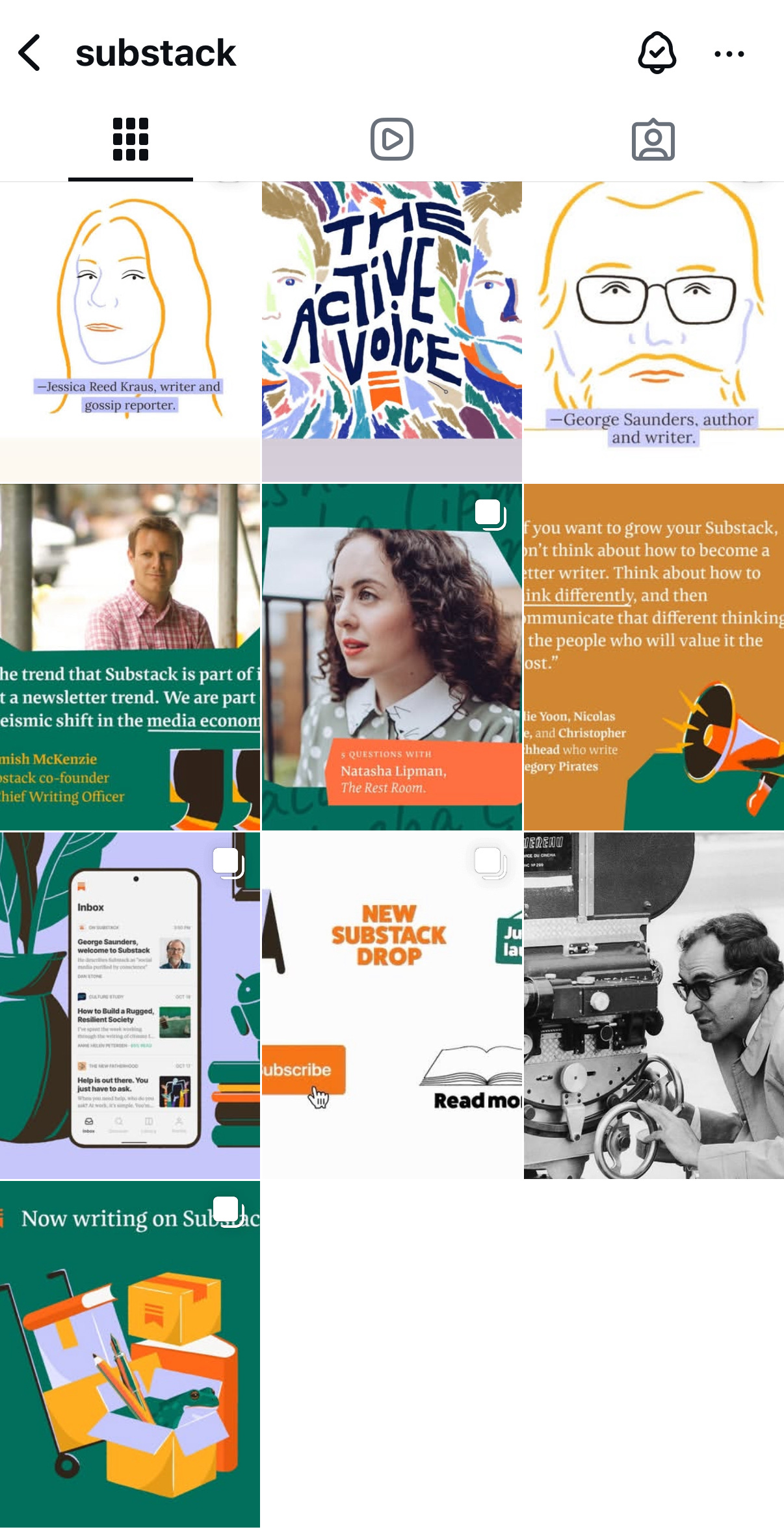


Heartbroken about losing Pocket 😭😭😭 It's the best way I've found to save articles "out in the wild" to reference later. As a Safari girlie, I'm still not switching to Firefox. 🙅♀️